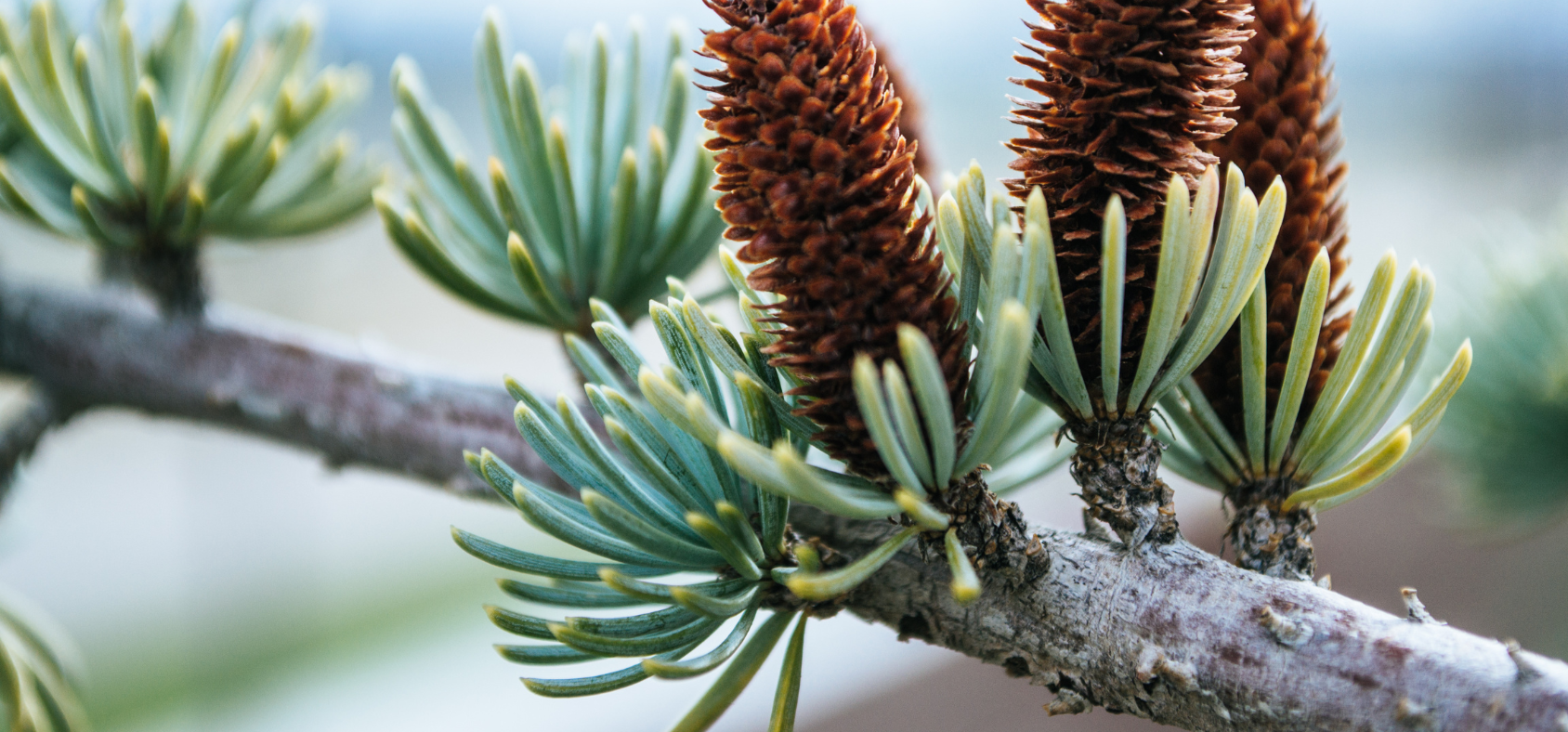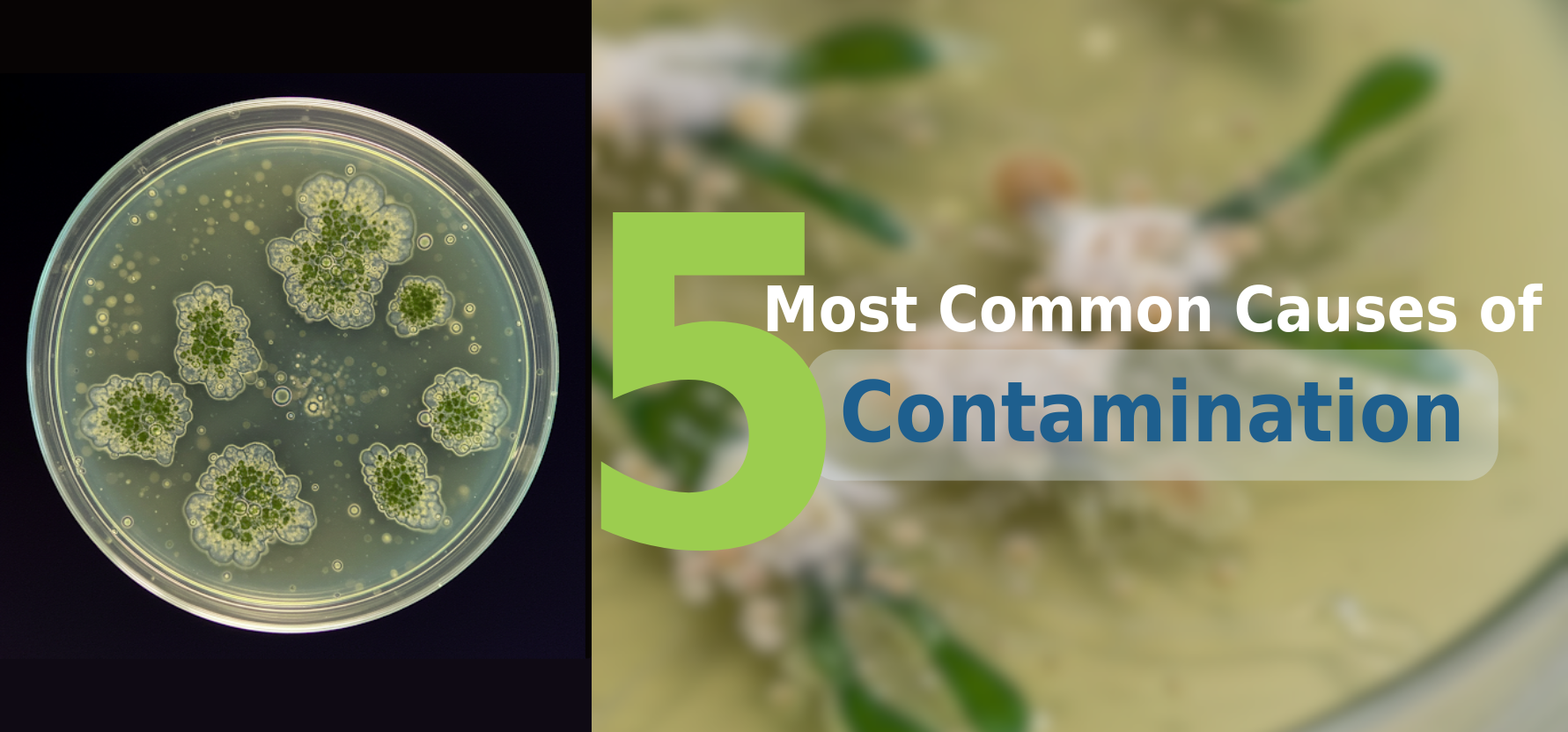Table of Contents
With an average production of 67.5 million tons per year, Grapevine is one of the world's most important crops economically. They have extensive applications in wine production (71% of total production), dried fruit (2% of total production), fresh fruit (27% of the total production), and juice production.
Introduction to Grape Vines
Grapevines (Vitis vinifera L.) are one of the most widely distributed fruit crops in the world. They are perennial woody fruit crops that grow in tropical, subtropical, and temperate regions worldwide. Although it grows in temperate and tropical regions, most vineyards are located in temperate areas.
The regions where vines are primarily grown include Northern Hemisphere, especially in the temperate zone in Asia, North America, Central America, and Northwest of South America in the Andes chain in Colombia and Venezuela.
Due to its genetic diversity and a broad range of environmental adaptations, the grapevine has a wide distribution.
The grapevine has bunches ranging in different sizes from medium large, long, conical to cylindrical, shouldered, and well filled to compact. Its fruits are berries that have a variety of colors ranging from yellowish green to golden yellow when fully ripe. It’s small, seedless, and has an excellent keeping quality.
The fruit is rich in nutritional values and energy content. It’s a highly rich source of iron, calcium, amino acids, phosphorous, and Vitamin C, A, and E.
With an average production of 67.5 million tons per year, Grapevine is one of the world's most important crops economically. They have extensive applications in wine production (71% of total production), dried fruit (2% of total production), fresh fruit (27% of the total production), and juice production.
The complex compound present in the plant is used as a treatment option for a range of diseases, such as heart disease, Alzheimer's disease, retinal disorder, cancer, degenerative nerve disease, constipation, and viral disease.
The plant is vegetatively grown using seeds or vegetative shoots however the technique shows high mortality and low rooting. The use of in vitro techniques for the propagation of grapes is an effective technique to grow these plants on a commercial scale.
In this article, we will cover the procedure of micropropagation of grapes, which mentions all the chemical requirements and their concentration to be used in the tissue culture process of the grapes.
Micropropagation of Grapes
Grapes are commonly conventionally grown using cuttings. But there are certain limitations associated with the technique, such as:
- Grapevine propagation (cutting) is a time-consuming process.
- Due to the vine's long juvenility period, it takes around four to five years for a grapevine to produce cuttings for propagation.
- A major hindrance to grapevine production is grapevine juvenility.
An alternative to all the above challenges is the tissue culture of Grapes. The advantages of the technique are:
- It’s a powerful tool for the mass propagation of plants
- In vitro techniques are performed under aseptic conditions. Thus, they allow the production of disease-free planting materials (such as the elimination of viral, bacterial, or fungal diseases).
- The technique also enables growers to produce plantlets with high phytosanitary and genetic quality in a limited space, in a short period of time, regardless of the season.
Here’s a procedure of tissue culture of grapes taken from the study of Kinfe, B., Feyssa, T., & Bedada, G. (2017). In vitro micropropagation of grapevine (Vitis vinifera L.) from nodal culture. African Journal of Biotechnology, 16(43), 2083-2091.
Explant Selection and Surface Sterilization
- Collect 2-3 cm of nodes from stock plants grown in the greenhouse.
- Thoroughly wash the explant with tap water containing tween 20.
- Surface sterilize the explants in 1% sodium hypochlorite (NaOCl) for 7 minutes.
Shoot Initiation
- Culture the explants on MS media supplemented with BAP 0.5 mg/L.
- Incubate the cultures in a growth room at 27°C for four weeks.
Shoot Multiplication
- Transfer the induced shoots to MS medium supplemented with 1 mg/L BAP and 0.1 mg/L IBA.
- Incubate the cultures in a growth room at 27°C for 4 weeks.
Rooting
- Shoots one centimeter and more length shoots at 2 mm below their basal node.
- Culture the shoots into the medium supplemented with 4 mg/L Indole-3-acetic acids (IAA).
- Incubate the cultures in a growth room at 27°C for 4 to 6 weeks.
Acclimatization
- Transfer the developed roots into small pots containing sterile soil, compost, and sand in the ratio of 2:1:1.
- Cover the plants with plastic bags for one week in the glasshouse.
HOW IS PLANT CELL TECHNOLOGY HELPING CULTURISTS WORLDWIDE IN THEIR TISSUE CULTURE APPLICATION?
Plant Cell Technology is helping tissue culturists worldwide by providing unique and world-class products and services that smoothen their process. It has MS media, agar, gellan gum, Plant Preservative Mixture (PPM), culture vessels, Biocoupler (TM), and masks in its store to facilitate your processes.
And, that’s not it! Plant Cell Technology also offers consultation services to culturists of all sizes that help to get instant solutions to your tissue culture problems.
So, visit plantcelltechnology.com today and learn more about our products and services and how they help you excel in your tissue culture processes.
Happy Culturing!












Join the conversation
Your email address will not be published. Required fields are marked